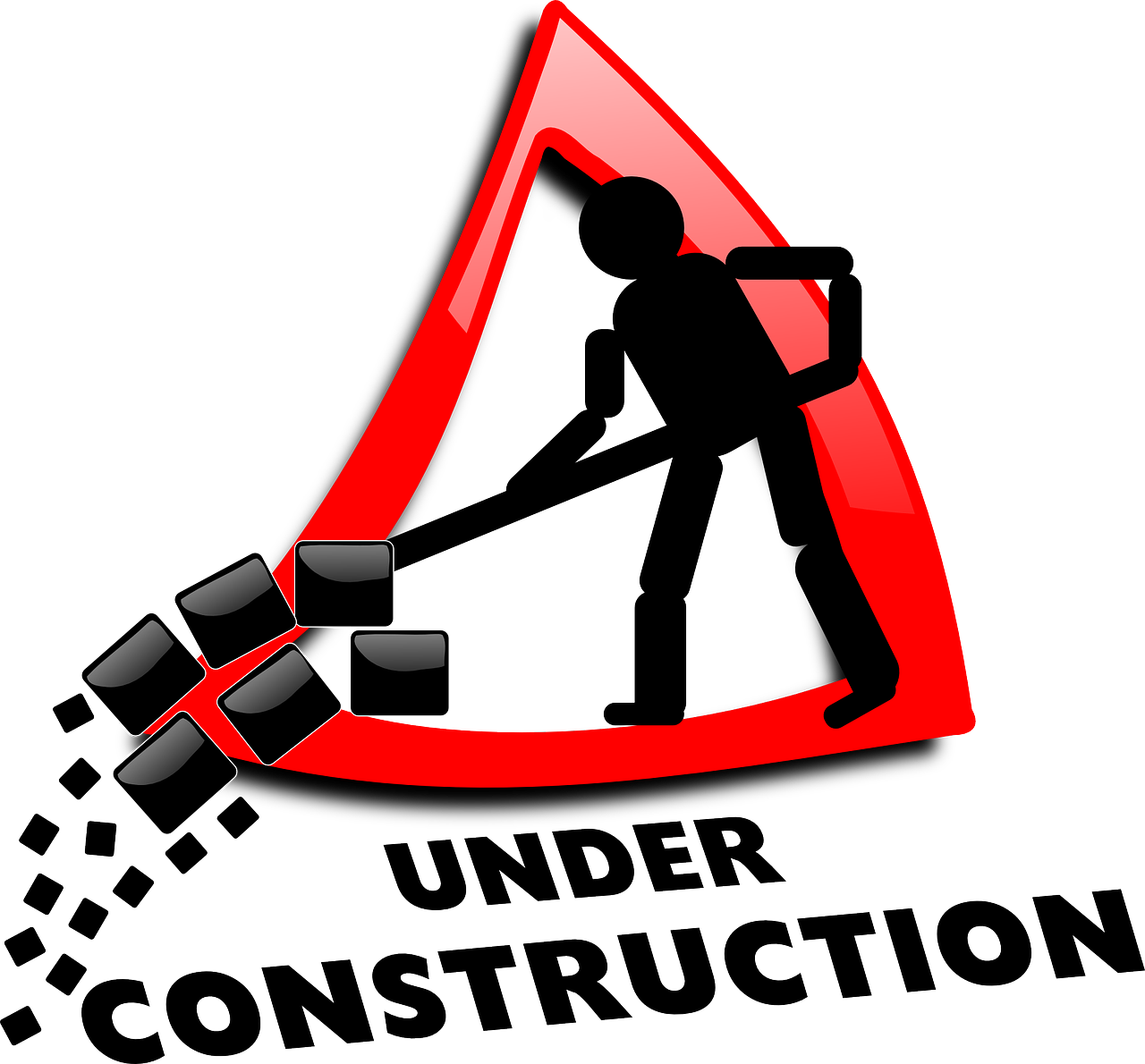
Years ago – actually nine years ago, in February 2015 – I wrote about The 7 Deadly Sins of Customer Experience. I shared that article on LinkedIn recently and recognized that the sins may need some updating. I don’t disagree with the sins I originally wrote about, but I’m OK with consolidating, updating, and fine-tuning the existing ones, which are…
- No executive commitment
- Lacking CX vision and strategy
- Failing to outline a governance structure
- Not understanding – and listening to – customers
- Not acting on what your customers tell you
- Making the employee experience an afterthought
- Perpetuating inside-out thinking
… and adding two new ones.
You can probably see where I might go with the updates and the additions, many of which are informed by my Building Blocks of a Successful Customer Experience Transformation Strategy. Let’s take a look at the “new and improved” sins.
1. NOT HAVING EXECUTIVE COMMITMENT
Clearly, this one isn’t changing. This will always be a sin. Without executive commitment, resources – whether financial, human, capital, or time – will not be forthcoming. You don’t just need resource commitment; you also need their commitment to stick with it, see it through, to success.
The following post offers tips to apply whether you’re trying to get executives to commit to the entire concept of being customer-centric and putting customers first (while putting employees more first) or if they’ve (sorta) bought in but are only focused on the metrics, not the actual improvements.
I wrote that article in 2013, and the tips still apply today. If you’ve got others, share them in the comments!
2. LACKING LEADERSHIP ALIGNMENT
Here’s the first new sin.
Executive commitment is one thing, i.e., the executive team must be committed to the concept, to the transformation, and to the resources needed for the work. Leadership alignment is another thing. Leaders across the organization must all be on the same page, marching in the same direction, together. Leadership team alignment is critical to the success of any transformation or strategic implementation.
In a previous article, CX Journey™ Musings: Consensus or Alignment?, I shared Miles Kierson’s definition of alignment, which goes like this: It’s a relationship to decisions whereby you own them completely. It is also a commitment to have a decision work.
How do they get aligned on this transformation work? They talk it out. They discuss the pros and cons. They share their opinions, likes, dislikes, challenges, opportunities, etc. Everyone has a chance to weigh in. But here’s what happens in the end, once it’s all out on the table: they choose to align.Not everyone will agree; there may still be differences. But they ultimately fall in line with the decision to get behind this transformation. They’ve been heard, and they support the final decision. There’s no meeting after the meeting. There’s no badmouthing the decision. The decision made in the room is the decision that gets supported and carried out going forward. That’s the power of alignment.
3. GETTING THE CULTURE YOU ALLOW, NOT THE ONE YOU DESIGN
In the original article, I wrote about CX vision and strategy. I won’t exclude those, I will simply combine them with some other important elements that must work together to deliberately design a customer-centric culture. As part of that, you’ve got to have:
- Core values and associated behaviors
- Corporate statements: mission, vision, purpose
- A CX vision and strategy that closely align/link/overlap with the corporate vision and strategy
- A brand promise
- A collection of artifacts, rituals, legends, etc. that support the culture you desire
- An outside-in mindset that ensures not only that customers are at the heart of all the business does but also that people come before products, profits, and metrics
You get the culture you design or the one you allow. You know where I stand on designing a customer-centric culture. Find out more in my latest book, Built to Win: Designing a Customer-Centric Culture That Drives Value For Your Business.
4. NOT PUTTING EMPLOYEES “MORE FIRST”
In the original article/list, the sin was “making the employee experience an afterthought… or no thought at all.” This still holds true, but I’ve updated it to align with the principle I write about in Built to Win, i.e., employees come more first. I first wrote about the concept in 2013 and then again in 2014.
It’s a fact: the employee experience drives the customer experience. Without employees to design, build, sell, deliver, implement, install, or service the products, you have no need for customers – and then there’s no customer experience. They are critical to building that experience – and to delivering it.
And when employees are taken care of, they’ll take care of customers. That’s called the spillover effect, or “the tendency of one person’s emotions to affect how other people around him feel.” Learn more about this in my article, Improving the Employee Experience to Improve the Customer Experience.
5. NOT UNDERSTANDING CUSTOMERS
You also know where I stand on this one. In the original article, I referred to this sin as, “not understanding – and listening to – customers.” As I revisited the list, I scratched my head on why I called out “and listening to,” since the three ways to understand customers are Listen (feedback, data), Characterize (personas), and Empathize (journey maps, service blueprints).
Ultimately, you can’t transform something you don’t understand. Do the work to understand your customers – and then, pulling in one of the other sins, act on what you learn and hear. This latter part is critical to your customer understanding work. Don’t just do it for the sake of checking that box. Do something with it!
Data is at the heart of designing and delivering a great experience. Understand customers. Get the right (contextually relevant) data. Use it to deliver the experience customers expect, be that personalized, convenient, seamless, frictionless, effortless, and more. Make sure you have the right tools in your toolbox to do just that.
Read How to Take Action on Your Customer Feedback to ensure that your data is actionable, and check out Tips for Designing a Closed-Loop Feedback Process to go from data to insights to action. Or grab a copy of my first book, Customer Understanding: Three Ways to Put the “Customer” in Customer Experience (and at the Heart of Your Business) to go deep on all three ways!
6. FAILING TO ESTABLISH GOVERNANCE
In the original list of sins, I called this one: “Failing to outline a governance structure.” That’s not wrong; it’s just that it’s only half right.
The structure part ensures that teams work together and includes various levels of sponsorship and collaboration, while the operating model portion outlines the people, tools, data, and processes required to execute on your design work.
You can learn more about governance in Built to Win. It was “the chapter that almost wasn’t” in this book, as I woke up in a sweat one night after the manuscript deadline, after the book had been submitted to the publisher, scratching my head as to why this chapter hadn’t been written! Trust me. It made it into the book before it was published!
7. FAILING TO SECURE ORGANIZATIONAL ADOPTION AND ALIGNMENT
This is the other new sin.
Employees are critical to success of this work. As I mentioned earlier: employee experience drives customer experience. In order for employees to not only be aligned with the strategy and outcomes but to also be ready to engage in the work and adopt the culture that lies ahead, they must understand the what, the so what, and the now what – and be involved in both the decisions to be made and the work to be done; attempting to execute a strategy when employees are not engaged or aligned with it will prove to be futile.
Communication and involvement will be key; don’t force it on them. Keep them informed, and involve them in the decisions and the change process. Help them understand the why and what’s in it for me. Ensure that they have a clear line of sight to customers, leading to a solid understanding of how each employee impacts the customer and the customer experience.
IN CLOSING
You know these sins have been – or are being – committed in your organization. You especially know this if your transformation work has stalled or even failed. You must atone for those sins, and you must set your organization and your work on the right path.
Don’t be fooled into thinking things will get better or that the transformation will somehow miraculously happen while these sins are being committed. It won’t. In that case, this could well sum up things…
There is no sin except stupidity. ~ Oscar Wilde



